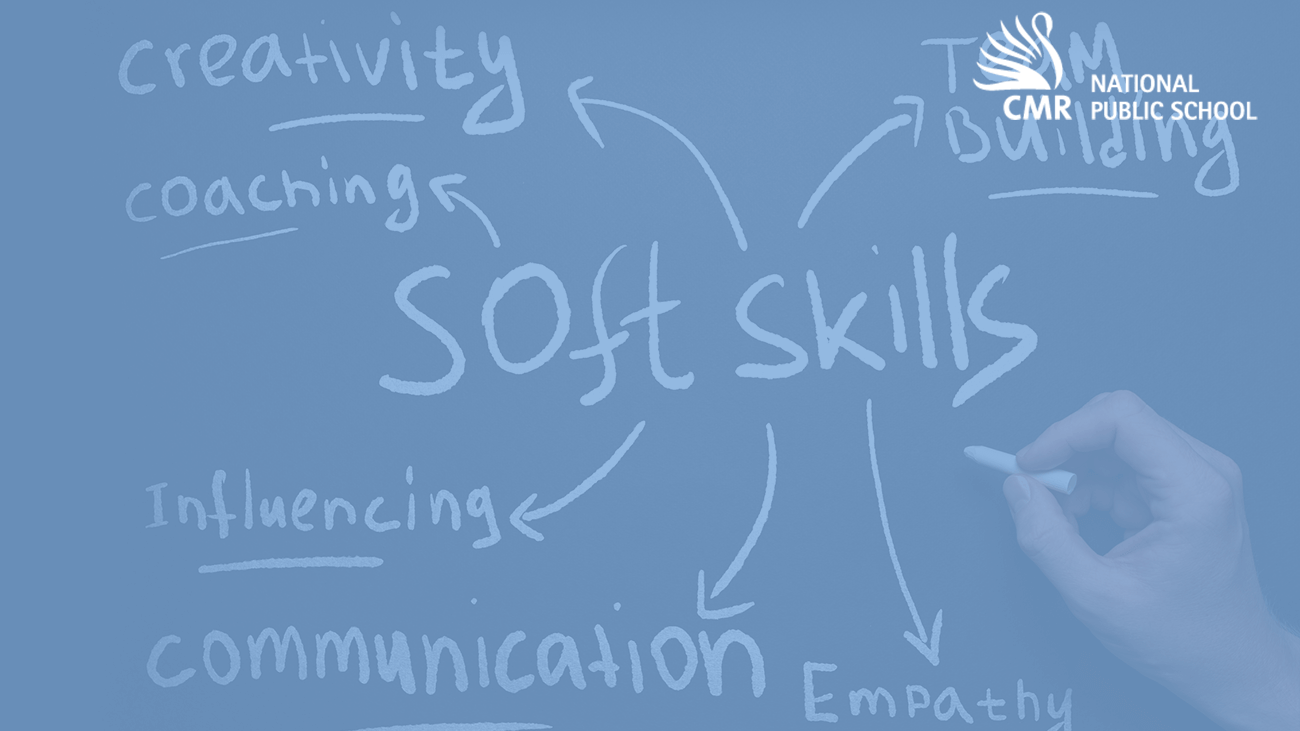Martyrs’ day, celebrated every year on 30th January, commemorates the martyrs who laid their lives down for our country. Soldiers safeguard their country at the risk of losing their life. The noblest profession I can imagine is being a soldier. Not only do they tackle border conflicts and wars between countries, they also combat nature to save lives. The sense of security that every Indian citizen has the privilege to, is given by our army.
India has one of the most distinctive military forces in Asia, which originates from our rich military history. The Indian military has the biggest voluntary military force globally. The Indian military and paramilitary have over 50 lakh Armed, Reserve, Paramilitary, and Central Armed Police Forces. Our military roots go far back in history, with ancient dynasties and empires always set around war and conflict. India’s two greatest epics, Mahabharata and Ramayana are based on war, and battle pushes the stories forward. With such a rich history in the military, the modern Indian Army is very impressive.
The history of the modern Indian Armed Forces starts with the British takeover of India, with the Britishers Training Soldiers of Indian Origin in Battalions, Platoons, etc. In the early and middle 1800s. The British Indian Army was one of the most powerful forces in Asia. During World Wars I and II, about 2 lakh personnel were in force, fighting for the Alliances. They were positioned in various postings to help the alliance and the British forces. They fought in Central Africa, Southern Africa, North Africa, Italy, Myanmar, and a few other locations during the World Wars. After the British Raj fell and India gained independence, India’s army and defense was left in a chaotic state.

India has fended many disordered invasions and has had many enemies, which India subdued and survived. Independent India’s Armed Forces were first led by Field Marshal KM Kariappa. One other notable Former Commander in Chief of the Armed forces was Field Marshal Sam Manekshaw, who led the army in the 1971 Indo-Pak War. India has had multiple skirmishes, conflicts, and wars with Pakistan and China. India fought Pakistan on several occasions, namely four times, The Indo-Pak War of 1947 and 48, which resulted in borders and a cease-fire, the 1965 Indo-Pak War, which resulted in a stalemate and the Indo Pak War of 1971, which resulted in the freedom of Bangladesh, and The Kargil War, in 1999, which led the Pakistani forces to withdraw from the Kargil District. India fought the Indo-Sino war, against China, in the eastern borders, combatting the harsh weather. India lost this war, which occurred in 1961, due to poor retaliation, and the degree of readiness being low. There were also a few skirmishes in foreign lands like Congo, where Indian Forces were made peacekeepers, by the UN and the Indian Government. The IPKF, an Indian military contingent, performed a peacekeeping operation in Sri Lanka between 1987 and 1999.
To prepare for such intense situations, soldiers train severely and come out as highly conditioned army men. The training academies include the NDA (National Defence Academy), OTA (Officers Training Academy), and IMA (Indian Military Academy). These soldiers have battled in several conflicts, and are extremely valiant and courageous. India has awarded many gallantry awards to many of the army’s exceptional soldiers. I have been inspired by many such soldiers. The highest degree of the military award is the Param Vir Chakra, followed by the Mahavir Chakra, and then the Vir Chakra. Captain Vikram Batra “Sher Shah”, was one of these valiant soldiers. He sacrificed his life in saving his comrades during the Kargil War. Another very inspiring soldier, who gave me a unique insight into the army, was Major Mohit Sharma. He was an espionage officer, who stayed with terrorists in disguise as a helper, during a covert operation in 2004. He successfully completed his mission and terminated the militants. I have always wondered how they get the power to do such actions. Recently, our CDS General Bipin Rawat, along with his wife and 12 other brave soldiers died in a helicopter crash, near the Nilgiris. They lost their lives even when not on the battlefield, during times of peace. Even when the situation seems peaceful, our army is always keeping their lives on the line.
India has had a steady modernization in the management of modern wars. An Expert Committee under the Chairmanship of Lt General K.V. Krishna Rao submitted its report in 1976, and an expansion of mechanized forces in India began. The Indian Forces depended on the Soviet Union and Russia for resources. Gradually India started indigenous modernizing and manufacturing defense mechanisms and weapons for war. Several modernization schemes have been announced and are in effect recently. Machinery in all three fields, Army, Navy, and Air Force, have seen improvement. States have been showing interest in keeping defense industries too! For instance, Karnataka has requested the Indian Government for a defense technology hub. Karnataka already has several Defence Public Sector Undertakings like HAL (Hindustan Aeronautics Limited), BEL (Bharat Electronics Limited), and laboratories of DRDO (Defence Research and Development Organization). India can effectively boost the economy and successfully become independent in the production of military and defense resources if modernization continues at a steady pace.

I believe it is a unique strength, resilience, and Josh of the Indian soldiers that drives us forward. Our country has one of the most distinguished and noblest soldiers in the world. Every stand they make for the country, for their fellow brothers and sisters, is filled with their Deshbhakthi. In a world filled with harsh and brutal realities, they are the impenetrable armor, the impregnable fort, to the bright mind of India. Being a soldier is a paramount duty. As Indian citizens, we need to kinder our minds and be respectful and responsible to the land guarded by our soldiers.
Jai Hind.


